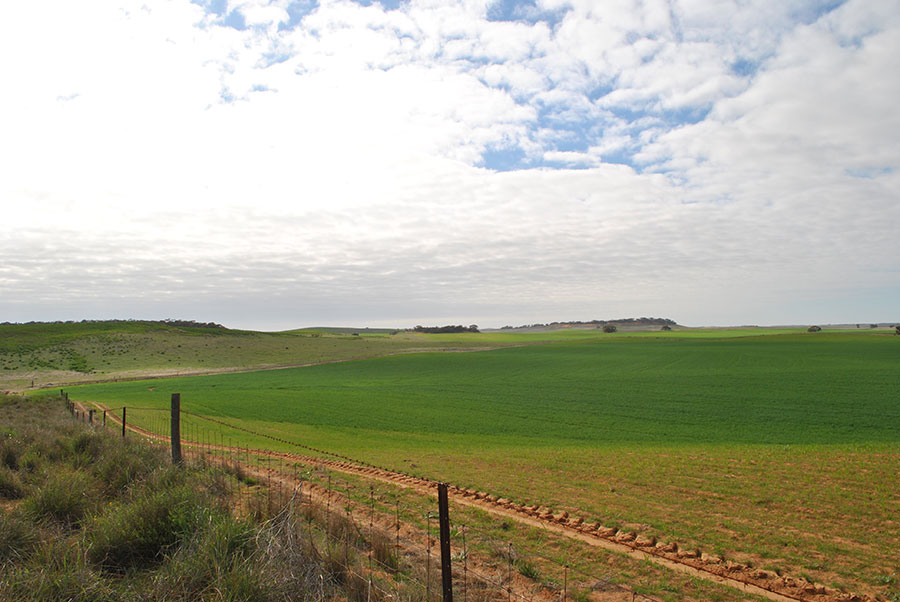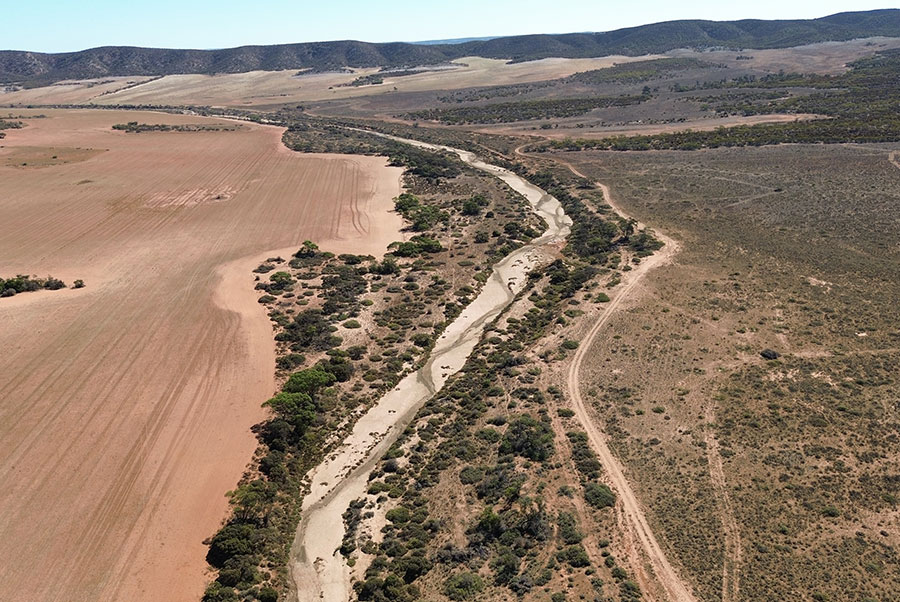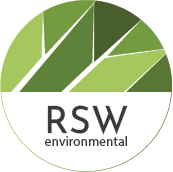Biodiversity and vegetation assessments services
Practical biodiversity and vegetation assessments to support permits, offsets and better land decisions
We provide biodiversity and vegetation assessments under the different frameworks Native Vegetation Act, Accounting for Nature & Nature Repair Market.
Biodiversity assessment & vegetation assessments
Understanding vegetation’s condition and ecological value is often the first step in making better land management decisions. From applying for a vegetation clearance permit to identifying biodiversity credits or guiding ecological restoration, RSW Environmental deliver practical, science-based assessments that support real-world outcomes.
Our work is grounded in established frameworks like the Native Vegetation Act (SA), Accounting for Nature, and the Nature Repair Market. We focus on providing clear, valuable insights that meet compliance needs and help landholders, councils, and project teams confidently move forward.
Why biodiversity assessments matter
Biodiversity and vegetation assessments are more than just a box to tick. The assessments guide better land management, support funding applications, and ensure environmental compliance. Our assessments help landholders, councils, and planners understand what’s on their land, what’s worth protecting, and how best to manage it.
These biodiversity assessments support the following areas.
Clearance and offset permits and compliance under the Native Vegetation Act
Biodiversity offset schemes aligned with state and federal programs
Restoration and development planning with ecological insight
Carbon project design, including alignment with ACCU methodologies
Grant and funding applications requiring baseline ecological data
Identification of key ecological assets
Land use and restoration decision-making
Environmental input for carbon farming, infrastructure design, and nature repair initiatives


OUR CUSTOMERS
Who uses our biodiversity and vegetation assessments
We support many clients who need to understand, manage, or report on native vegetation and ecological conditions. Our work is often used to meet legal requirements, secure funding, or make more informed land management decisions. Common client groups include:
Farmers and landholders
Planning property improvements, applying for carbon or biodiversity credits, or meeting native vegetation regulations
Local councils and planning authorities
Assessing land conditions before approving developments or planning restoration projects
Natural Resource Management (NRM) organisations
Overseeing conservation or revegetation programs
Developers and consultant
Needing offset calculations, SEB assessments, or expert input into site selection
Environmental project managers
Requiring baseline ecological data and ongoing monitoring for funded initiatives
OUR SERVICES
What a biodiversity or vegetation assessment typically includes
Each assessment is structured to provide practical insights and meet the requirements of the relevant regulatory framework. The process usually involves:

Preliminary desktop review
Existing data such as satellite imagery, topography, previous surveys, and vegetation mapping are analysed to understand the broader landscape context and guide efficient fieldwork planning.
Field surveys
Site visits are conducted to record plant species, assess vegetation conditions, map ecological communities, and identify key features. Tools like GPS units, fixed photo points, and condition-scoring methods ensure consistency.
Data analysis and mapping
Collected data is interpreted using GIS and remote sensing tools to produce clear maps showing vegetation types, condition zones, and areas of interest for restoration or offsetting.
Regulatory alignment
All assessments are aligned with the relevant framework, including the Native Vegetation Act, Nature Repair Market, or Carbon Farming Initiative and meet compliance and data quality standards.
project timeframe
Our typical workflow and project timeframe
While each assessment varies based on its purpose and the regulatory framework, most projects follow a staged process. Below is a typical 6–7 week workflow RSW Environmental follows.
Week 1: Initial scoping
An initial meeting is held to clarify goals, site context, and regulatory requirements.
Week 1-2: Desktop analysis and field planning
Existing data is reviewed, and a fieldwork plan is developed, including survey design and any required access permissions.
Week 2-4: Field survey
Site visits are carried out to collect ecological data including species presence, vegetation structure, condition, and threats. Timing may be influenced by seasonal factors such as flowering periods.
Week 4-5: Data processing and GIS mapping
Data is analysed and interpreted using GIS tools, aligning with the relevant method (for example SEB, AfN, or Nature Repair frameworks).
Week 5-6: Report preparation
Findings are compiled into a formal report with annotated maps, species lists, compliance references, and actionable recommendations.
Week 6-7: Client review and finalisation
The draft report is reviewed with the client, adjustments are made as needed, and the final deliverables are submitted.
outcome & deliverables
Outcomes and deliverables you can expect from RSW Environmental
Each biodiversity and vegetation assessment is designed to produce practical, decision-ready outputs. Our clients typically receive the following.
A transparent and compliant report
Includes site description, vegetation classification, condition scores, species lists, and any offset requirements aligned with the relevant regulatory framework.
Interactive and print-ready maps
GIS maps showing vegetation zones, condition areas, impact zones, or offset boundaries. Delivered as PDFs, shapefiles, or KMLs on request.
Field data and monitoring points
Includes GPS-referenced data, fixed photo points, and condition benchmarks that can support future monitoring or compliance checks.
Recommendations that inform action
Includes guidance on-site management, restoration opportunities, or permit pathways based on assessment results.
Confidence in compliance
Assessments are aligned with frameworks such as the Native Vegetation Act, Nature Repair Market, Accounting for Nature, or the CFI Act with all data and reporting standards met.
RSW Environmental
Assessments
Aligned with legislation and assessment frameworks
All biodiversity and vegetation assessments are designed to meet the requirements of current environmental legislation and recognised national frameworks. We ensure that every report and dataset aligns with the appropriate compliance pathway removing uncertainty for landholders, councils, and project developers.
Our assessments support following the frameworks
Native Vegetation Act (SA)
for clearance applications and Significant Environmental Benefit (SEB) offset calculations
Accounting for Nature (AfN)
for scientifically robust ecological condition reporting and environmental economic accounting
Nature Repair Market (Commonwealth)
to support potential biodiversity credit generation and market participation
Carbon Farming Initiative (CFI Act)
for vegetation assessments that support ACCU-eligible projects and co-benefit claims
State planning and development laws
ensuring vegetation is assessed accurately during subdivision or infrastructure proposals
faq’s
Frequently asked questions about biodiversity and vegetation assessments
display none
What’s the difference between a biodiversity assessment and a vegetation assessment?
A vegetation assessment identifies plant species, ecological communities, and vegetation conditions. A biodiversity assessment further captures broader ecological features, species habitat, and how the landscape functions. In South Australia, many assessments combine both to meet the requirements of the Native Vegetation Act.
How do I know which framework or method I need to use?
It depends on your location, your objective, and the regulatory or funding pathway involved. For example, if you’re applying for a clearance permit in South Australia, you must follow the Native Vegetation SEB methodology. Accounting for Nature or the Nature Repair Market may be more relevant for carbon or credit projects. We help you identify the right approach during the project scoping phase.
Do I need an assessment if I’m not clearing native vegetation?
Often, yes. Assessments are commonly required for grant applications, biodiversity credit registration, land use planning, or conservation strategies not just vegetation clearance. If you’re planning a restoration or carbon farming project, or managing riparian zones, a biodiversity assessment provides valuable ecological insights and supports compliance.
When is the best time of year to do a biodiversity assessment?
Spring and early Autumn are ideal in South Australia, especially when surveying flowering species or assessing vegetation condition. That said, we conduct fieldwork year-round, adjusting our approach to suit the site, seasonal conditions, and assessment goals.
How long does an assessment take from start to finish?
Most standard projects take approximate 6 to 8 weeks, depending on complexity and field access. This includes initial scoping, desktop analysis, field surveys, mapping, data interpretation, and report delivery. For larger properties or staged assessments, additional time may be required.
Will I get maps and spatial data with the report?
Yes. Every assessment includes clear maps of vegetation types, condition zones, and relevant features. We use GIS to produce both printable and digital formats — such as PDFs, shapefiles, or KMLs so landholders, councils, and carbon advisors can make informed decisions on the ground.
Can assessments be used to support grant or funding applications?
Absolutely. We often provide biodiversity and vegetation assessments to strengthen state and federal funding applications, especially for restoration, climate adaptation, or conservation projects. Assessments can demonstrate ecological value, project readiness, and alignment with policy objectives.
Do you coordinate with other specialists if the project requires it?
Yes. While I personally lead all projects, I regularly collaborate with a network of ecologists, carbon market advisors, and drone/GIS specialists. This means clients benefit from a direct relationship while also accessing the full capability of a professional environmental consultancy.
Get in touch about your biodiversity or vegetation assessment
If you need a biodiversity report for a clearance permit, are applying for funding, or want expert advice on the ecological condition of your land, let’s start with a conversation. Call me directly or send an enquiry using the form below. I personally lead every project and provide clear, practical advice from day one. RSW Environmental works with clients across South Australia and interstate by request.
Thanks, Russ